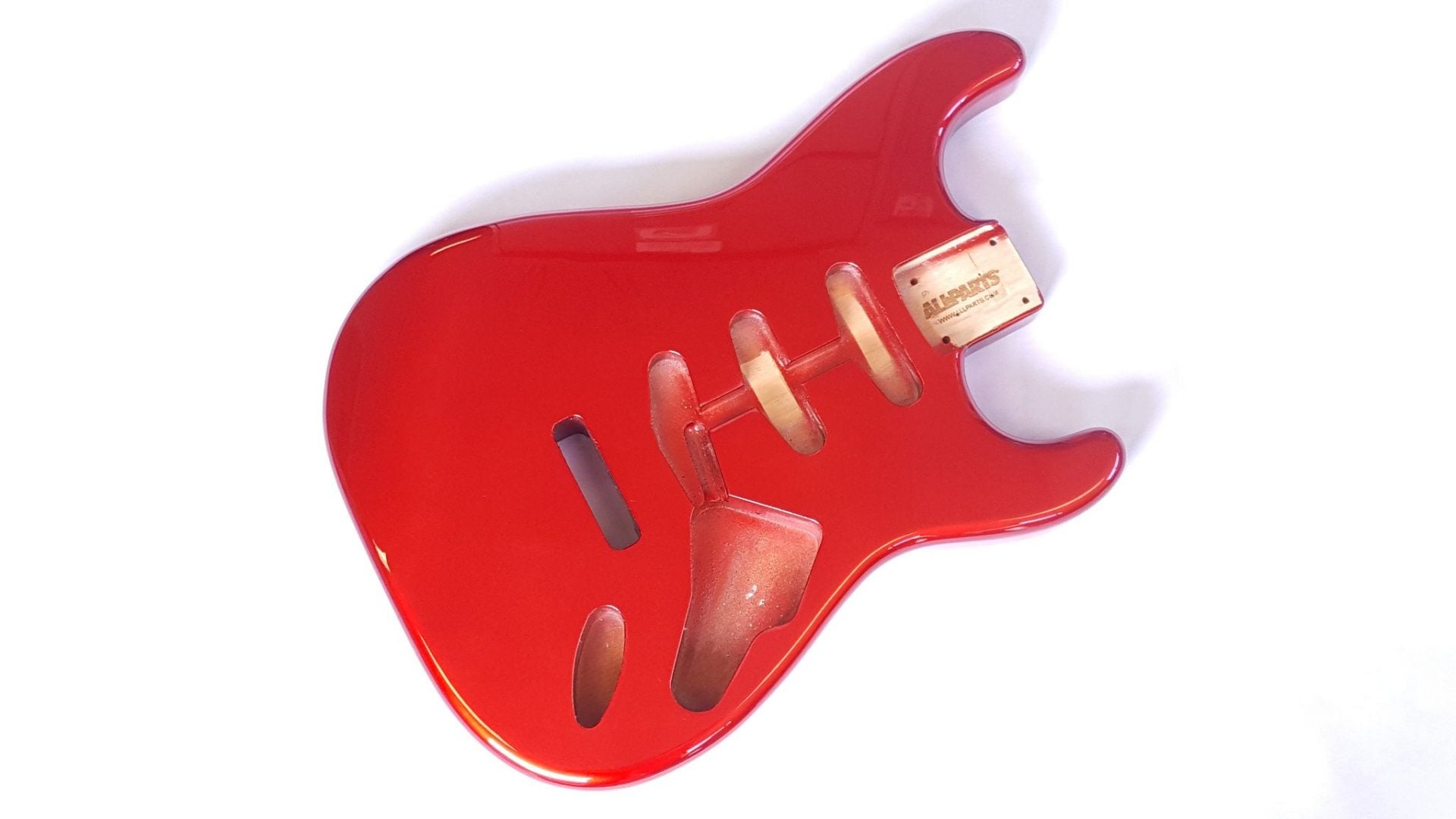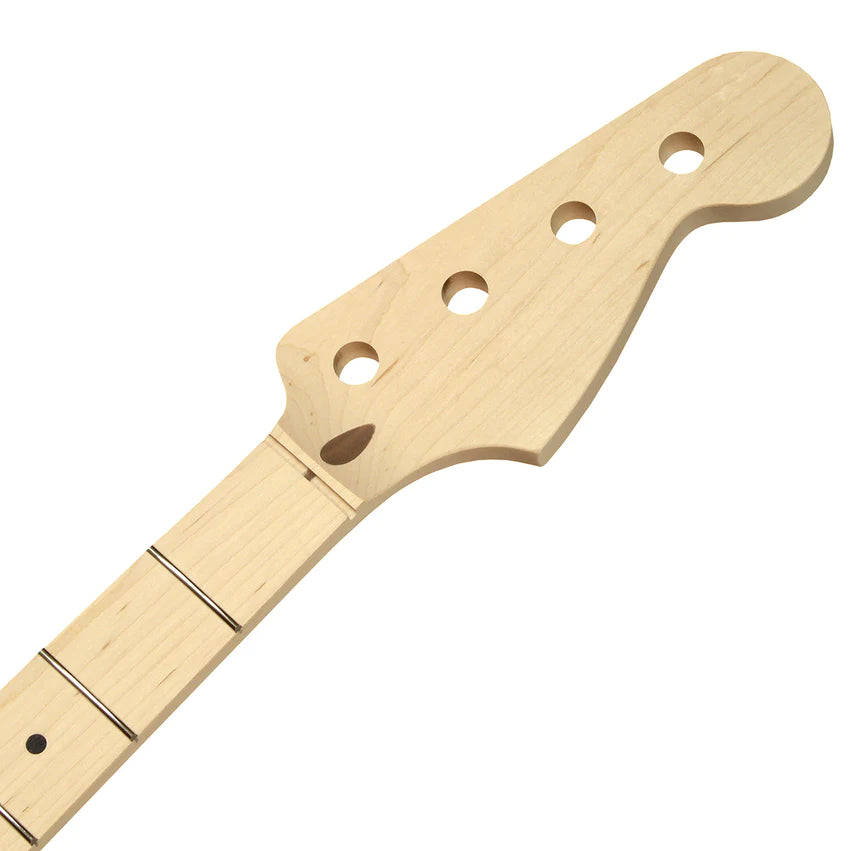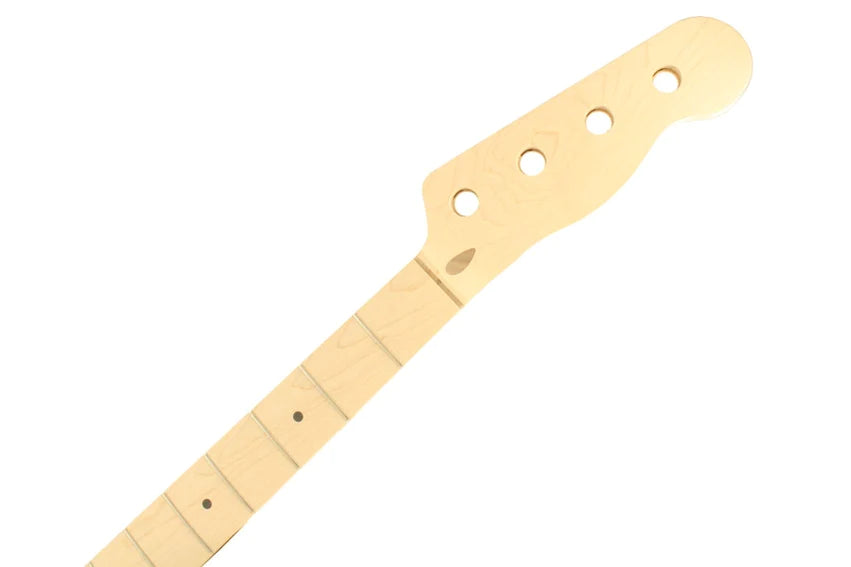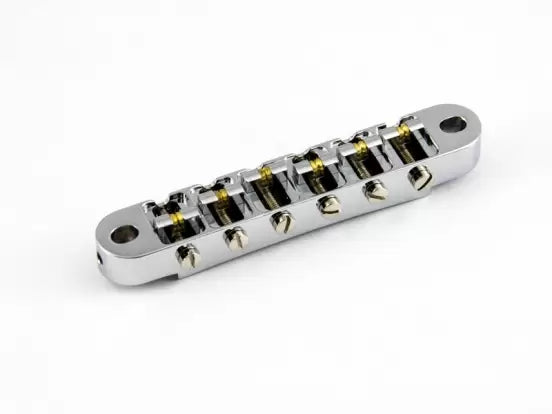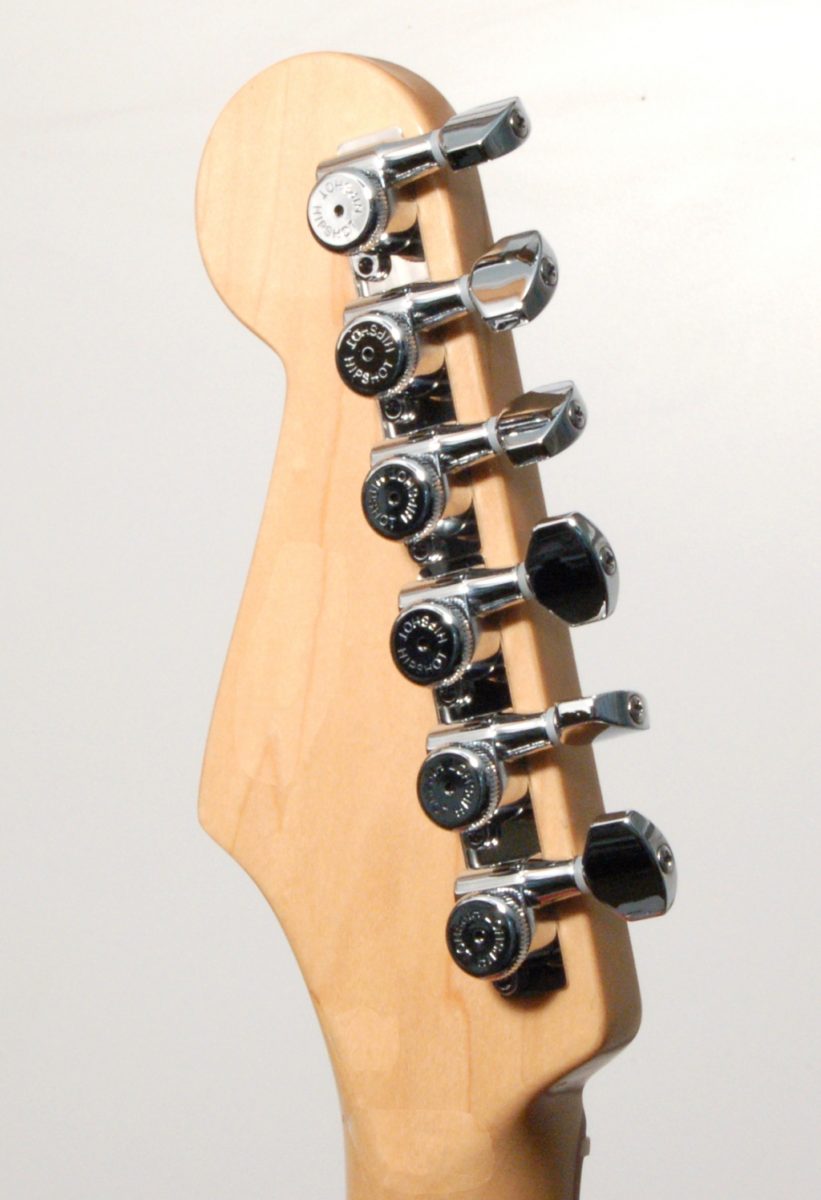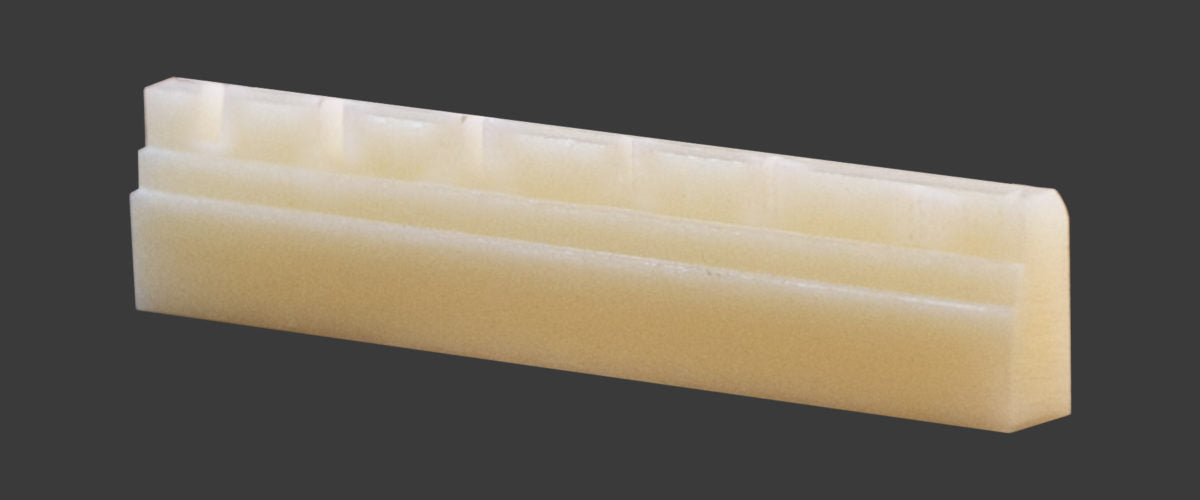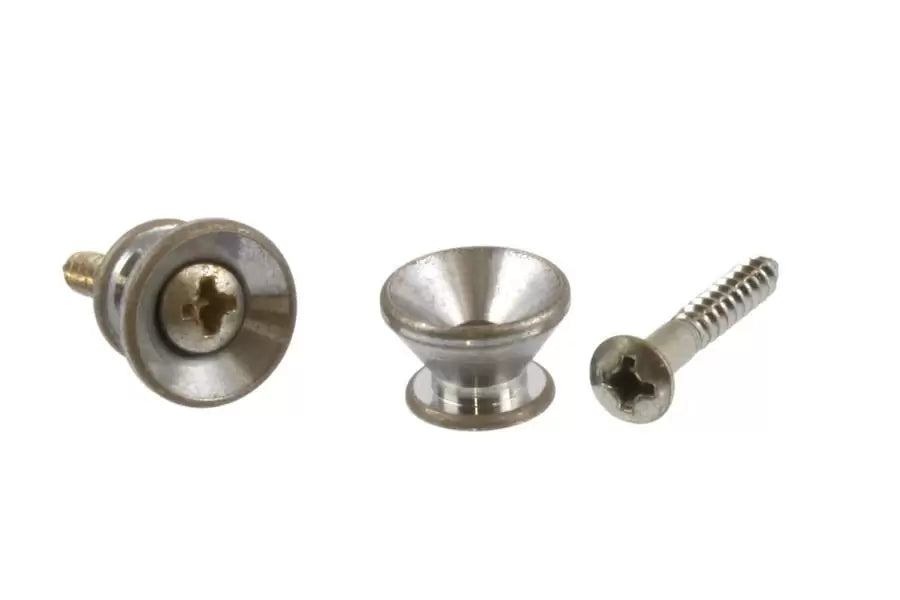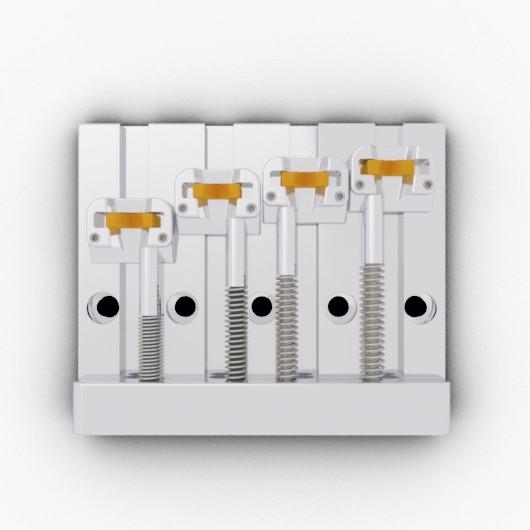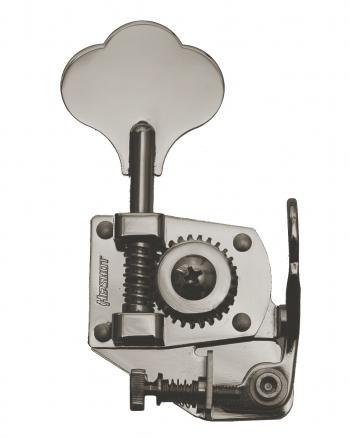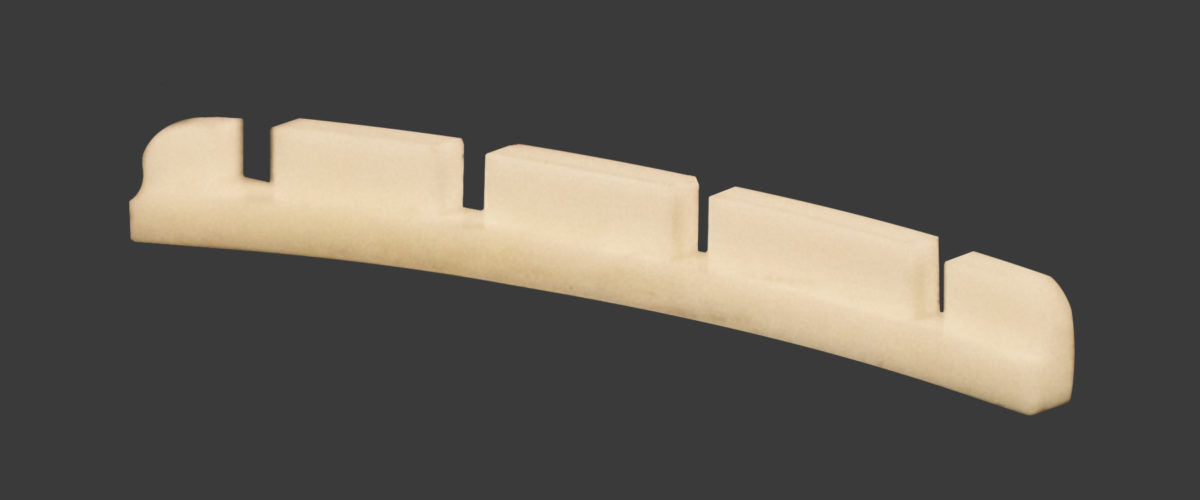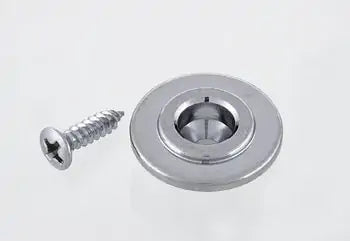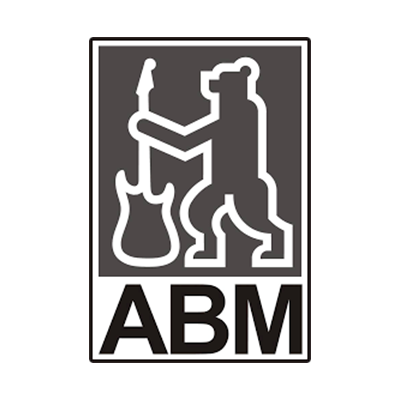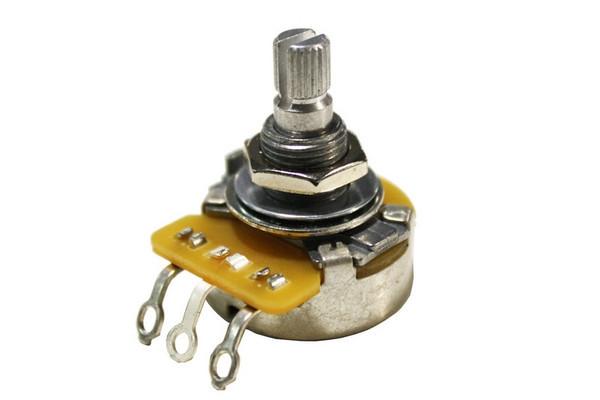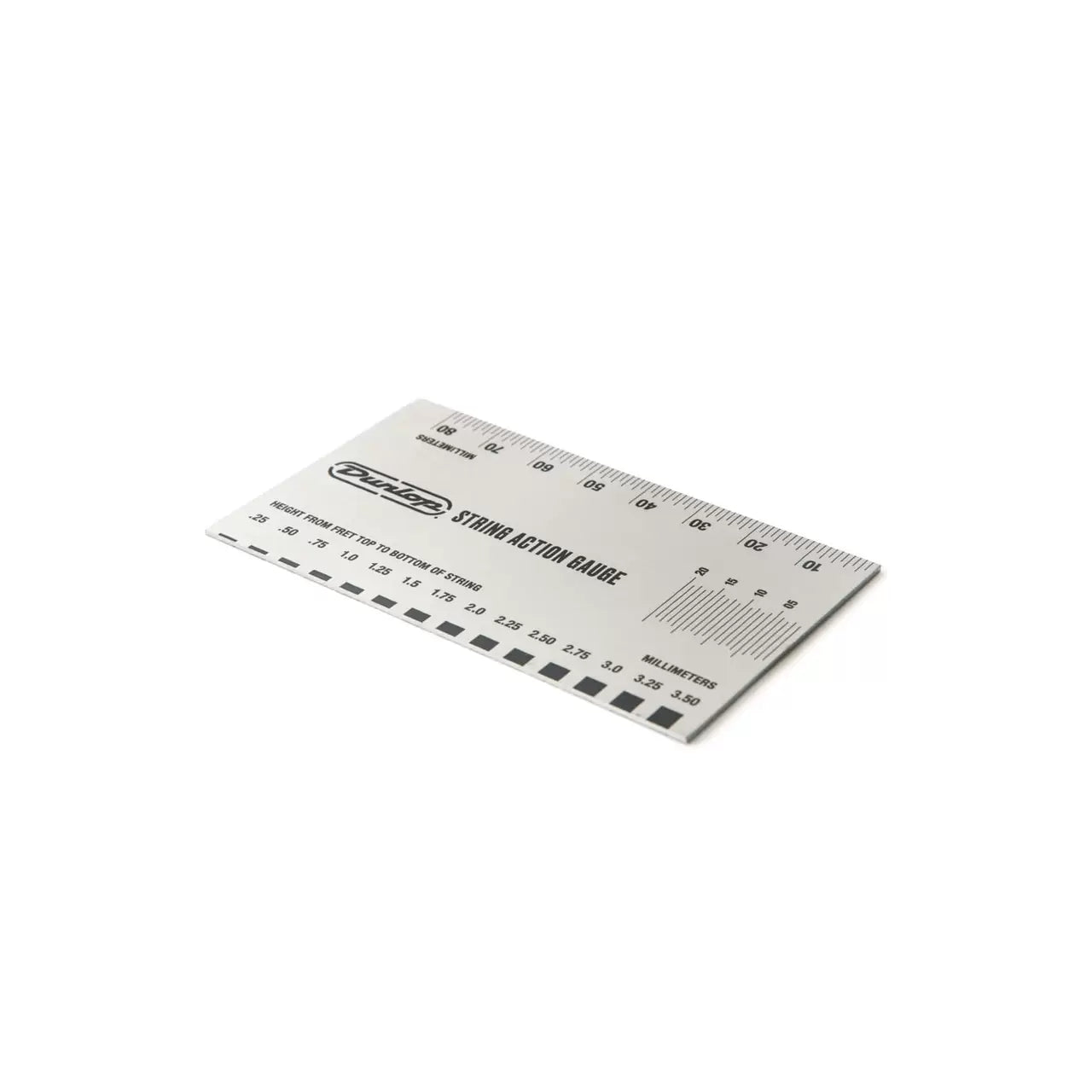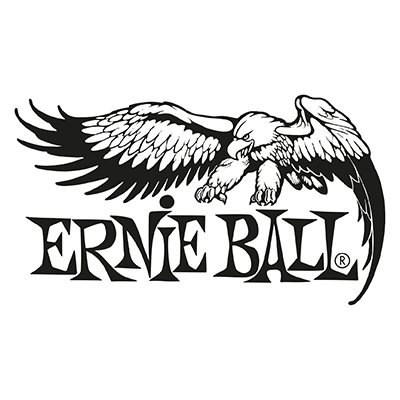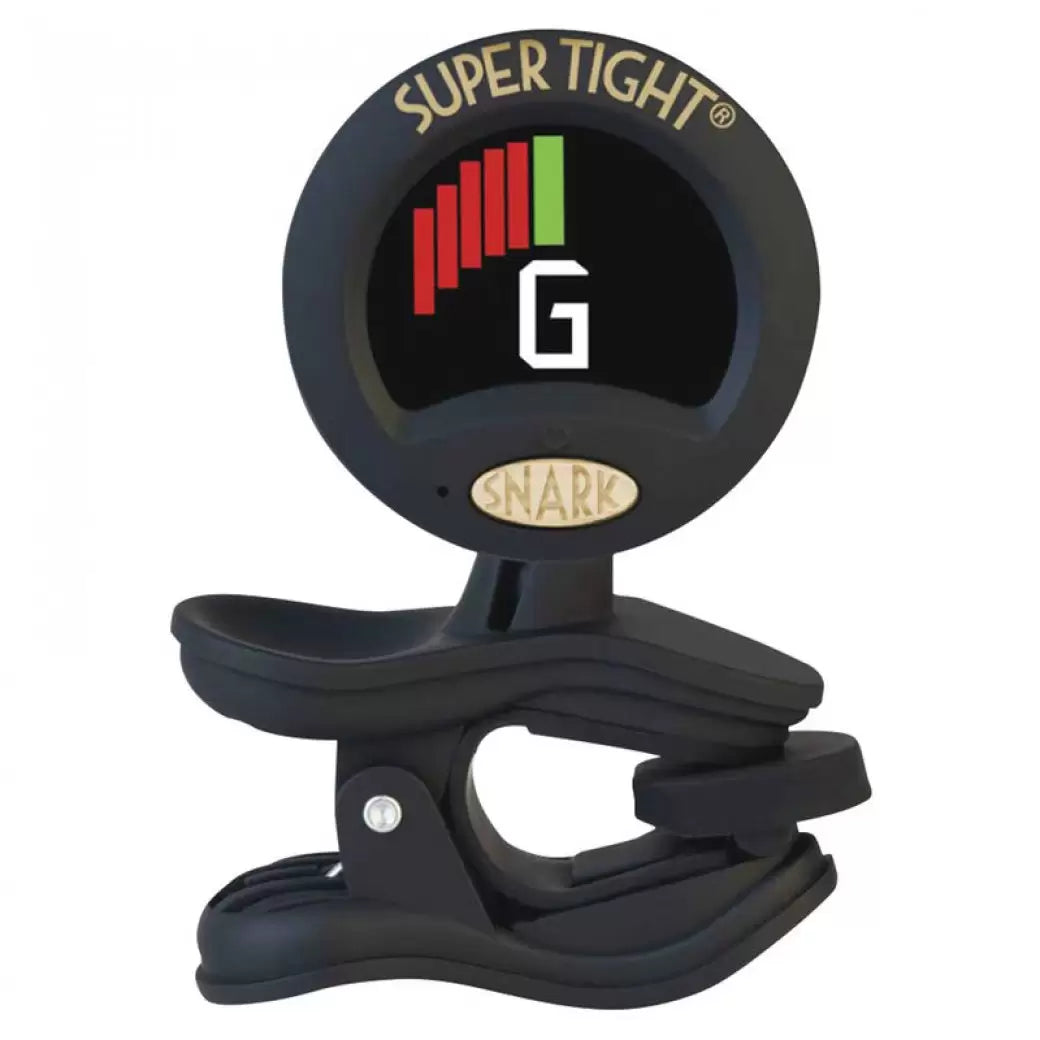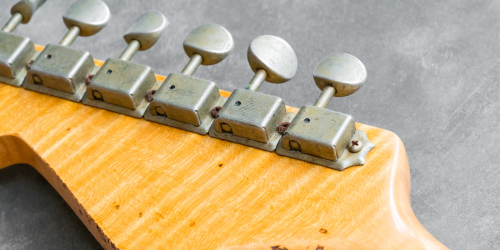The “Break Angle” is the angle that the string leaves both the nut and the saddle of your guitar. An adequate angle at both points of contact is necessary to allow the string to resonate. Too shallow or too steep an angle will have a detrimental effect on your guitar’s tone and playability.
At The Bridge
To create a break angle, the string passes over the bridge saddle and angles downwards towards either a tailpiece, bridge pin, slot or string ferrule.

Angled Headstocks
Traditional Headstocks, typically in a 3+3 configuration, angle backwards slightly. This more or less creates an equal angle for each string as it pass over the nut towards the tuner posts.
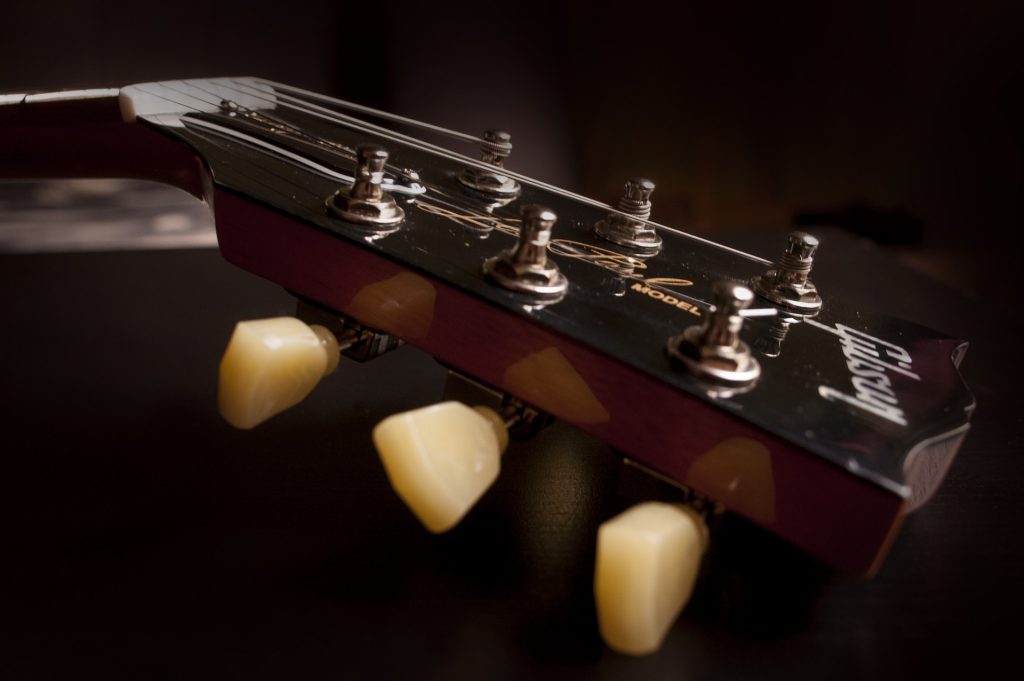
Flat Headstocks – Fenders and the Likes Of
With any flat headstock, a string tree is needed on the higher strings to create more of a break angle. As the string moves further away from the nut, down the headstock from E to e, the angle is reduced. This is especially problematic with the B and e strings – they have the furthest to travel and so have a very shallow angle. A string tree is introduced closer to the nut to pull down the B and e strings.

